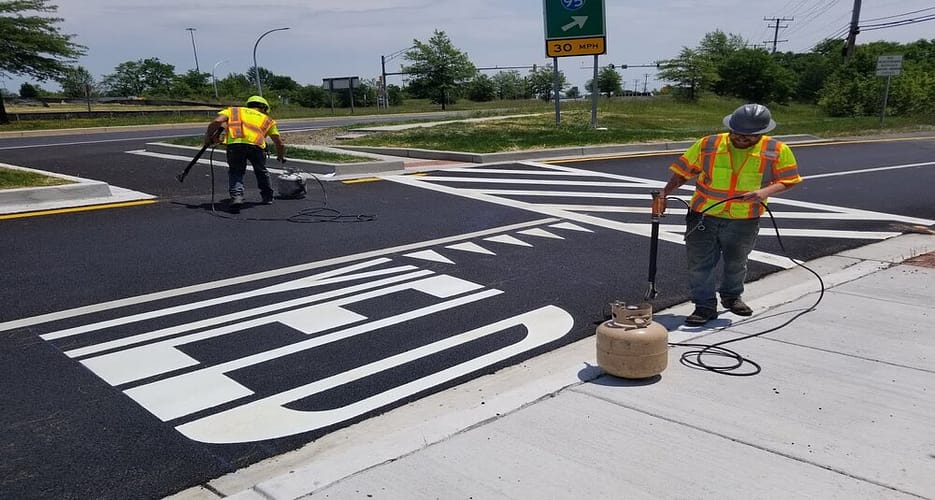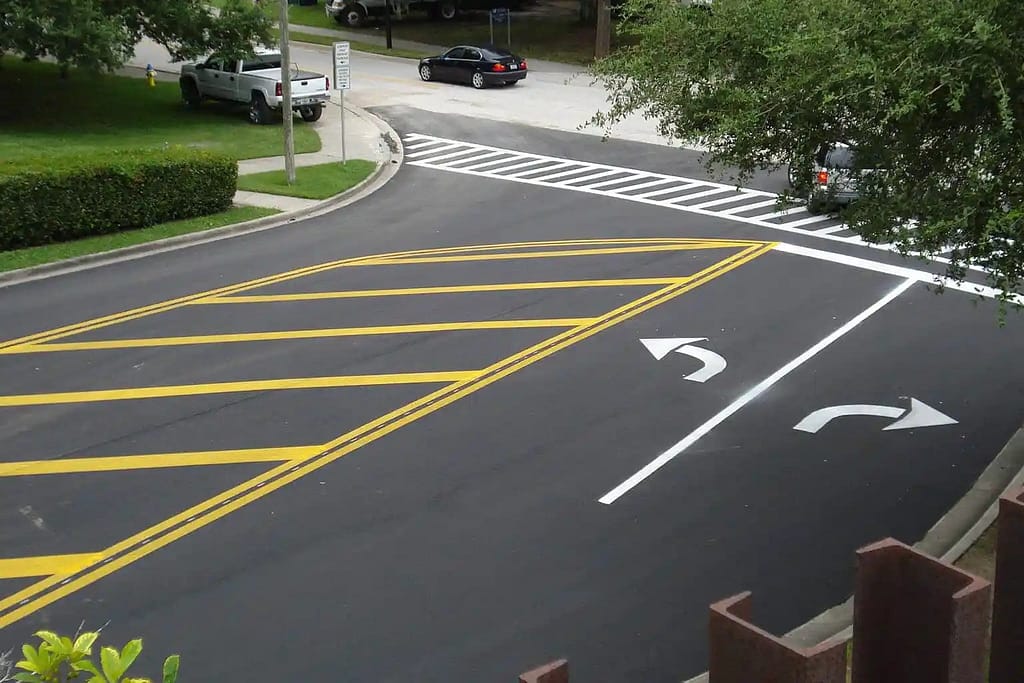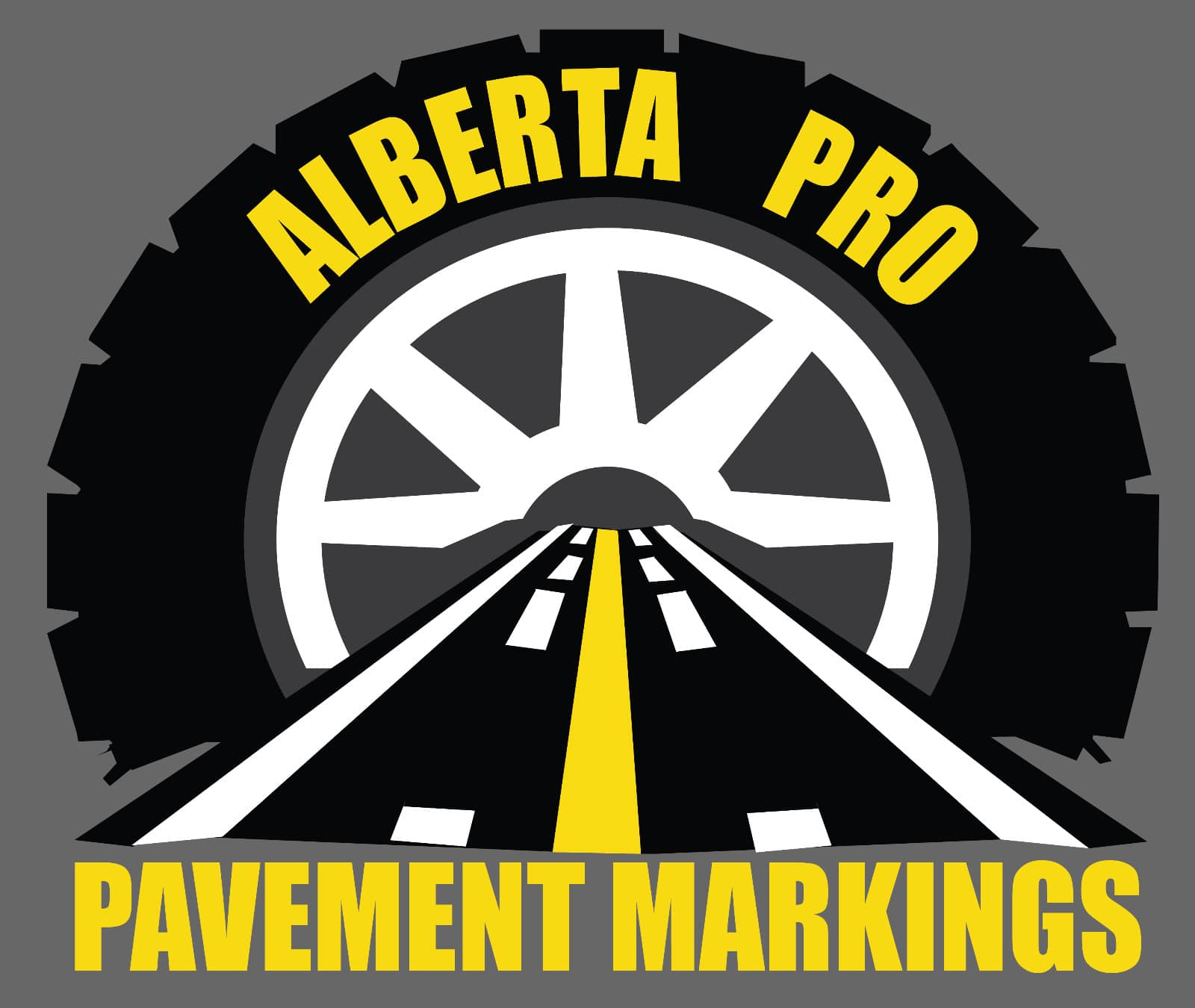

Road Markings Edmonton play a crucial role in ensuring safety, regulating traffic flow, and providing guidance to motorists and pedestrians alike. In Edmonton, Canada, Road Markings In Edmonton are meticulously designed and maintained to enhance road safety and efficiency. Understanding these road markings is essential for both drivers and pedestrians to navigate the city streets safely and efficiently. This comprehensive guide aims to provide a detailed overview of the various road markings found in Edmonton and their significance.
Importance Of Road Markings Edmonton
Road Markings In Edmonton serve several important purposes on Edmonton’s roadways:
Safety:
Markings indicate lanes, pedestrian crossings, and other vital information, reducing the risk of accidents and promoting safe driving behavior.
Traffic Regulation:
They help regulate traffic flow, delineating lanes for different purposes such as turning, passing, or merging.
Guidance:
Road markings provide guidance to drivers, helping them navigate complex intersections, roundabouts, and other road features.
Accessibility:
Markings also aid pedestrians by indicating crosswalks, pedestrian crossings, and other areas designated for pedestrian use.
Types Of Road Markings In Edmonton
Lane Markings:
Solid White Lines: These indicate the outer edges of traffic lanes and are not meant to be crossed.
Broken White Lines: These denote lanes where crossing is permitted, such as passing lanes or turn lanes.
Yellow Lines: Typically used to separate opposing traffic flows on two-lane roads.
Double Yellow Lines: Indicate that passing is prohibited in both directions.
Crosswalk Markings:
Zebra Crossings: Consist of white stripes perpendicular to the flow of traffic, indicating pedestrian crossings. Drivers must yield to pedestrians at these crossings.
School Crossings: Markings specifically designed to highlight pedestrian crossings near schools, reminding drivers to exercise caution.
Stop Lines and Yield Lines:
Stop Lines: Solid white lines indicating where vehicles must come to a complete stop at intersections controlled by stop signs or traffic signals.
Yield Lines: Dashed lines indicating where drivers must yield to oncoming traffic or pedestrians.
Directional Arrows:
Used to indicate the direction of travel in specific lanes, such as turning lanes or lanes designated for specific types of vehicles.
Shared Road Markings:
Shared Lane Markings (Sharrows): Used to indicate that a lane is shared by both vehicles and bicycles, encouraging safe coexistence and awareness between motorists and cyclists.
Specialized Road Markings In Edmonton


Bicycle Lanes:
Marked with symbols and often painted green to indicate dedicated lanes for bicycles, separate from vehicle traffic.
Transit Lanes:
Reserved for buses and other public transit vehicles. These lanes are marked with special symbols and often have restrictions for other types of vehicles.
High-Occupancy Vehicle (HOV) Lanes:
Reserved for vehicles with multiple occupants, typically marked with signs and painted diamond symbols on the road surface.
Construction Zones:
Temporary Road Markings In Edmonton may be used to indicate lane closures, detours, and other changes. In traffic patterns due to construction or maintenance activities.
Compliance And Enforcement
Road markings in Edmonton are enforceable by law, and failure to comply with markings. Can result in traffic violations and fines.
Law enforcement agencies regularly monitor roadways for compliance with markings, particularly in areas prone to congestion or accidents.
Maintenance And Upkeep
Regular maintenance is essential to ensureRoad Markings In Edmonton remain visible and effective.
Edmonton’s municipal authorities conduct routine inspections and repaint markings as needed to maintain visibility and adherence to standards.
Future Developments And Innovations
- Edmonton, like many cities, is continually exploring new technologies and innovations to enhance road markings’ effectiveness and efficiency.
- Emerging technologies such as smart road markings equipped with sensors or LED lights could provide real-time information to drivers about road conditions, lane closures, or hazards.
- The integration of augmented reality (AR) or heads-up displays (HUDs) in vehicles could further enhance drivers’ awareness of road markings and improve overall road safety.
Community Engagement And Education
- Education and awareness campaigns play a crucial role in ensuring that road users understand the importance of adhering to road markings.
- Community engagement initiatives, such as workshops, seminars, and informational materials, can help educate drivers, pedestrians, and cyclists about the significance of various road markings Edmonton and how to interpret them correctly.
- Collaboration between local authorities, law enforcement agencies, and community organizations can promote a culture of safety and compliance regarding road markings.
- Considerations for Pedestrians and Vulnerable Road Users:
- While much of the focus is on motorists’ adherence to road markings, it’s equally important to consider pedestrians and vulnerable road users.
- Properly marked crosswalks, pedestrian crossings, and shared road markings (such as sharrows) help ensure the safety of pedestrians and cyclists.
- Public education campaigns should emphasize the importance of mutual respect and awareness between motorists, pedestrians, and cyclists to reduce the risk of accidents and promote harmonious coexistence on the road.
Conclusion


Road Markings In Edmonton are a vital component of Edmonton’s transportation infrastructure, playing a crucial role in ensuring safety, regulating traffic flow, and providing guidance to motorists and pedestrians.
Understanding The Pro Pavement Markings various types of markings and their significance is essential for all road users to navigate the city streets safely and efficiently. By adhering to road markings and exercising caution, drivers and pedestrians can contribute to a safer and more efficient transportation network in Edmonton.


Post a Comment